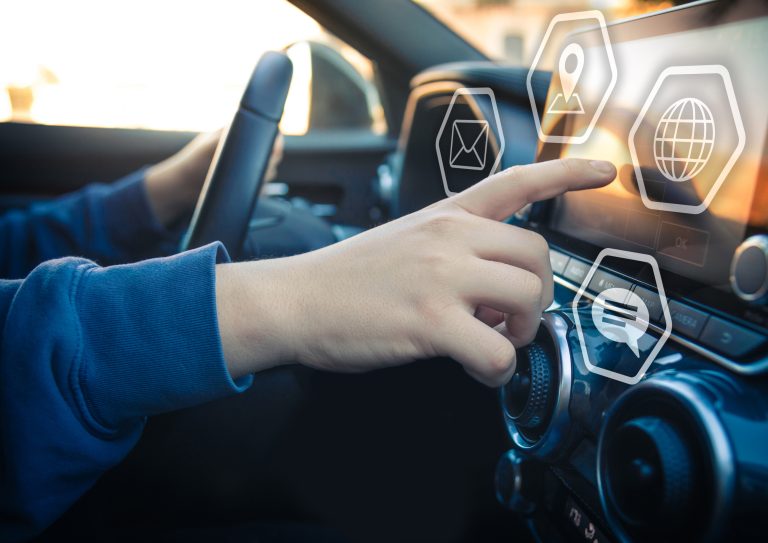AUTOMOTIVE Software
Our training poRtfolio
AUTOMOTIVE SOFTWARE
In the ever-evolving landscape of the automotive industry, the future of driving is profoundly shaped by software advancements. Automotive Original Equipment Manufacturers (OEMs) need to recognize the pivotal role that software will play in driving experiences of tomorrow.
Autonomous driving, with its potential to revolutionize the way we travel, relies heavily on software systems. From enabling advanced driver assistance systems to supporting full autonomous capabilities, software is at the core of making self-driving vehicles a reality. The implementation of these functions requires a deep understanding of software engineering principles and advanced programming techniques.
Efficiency optimization is another vital aspect that places software at the forefront. OEMs are increasingly focused on enhancing the range and efficiency of electric vehicles (EVs) to meet the demands of eco-conscious consumers. This, in turn, enhances the overall driving experience and contributes to sustainable mobility solutions.
Finally, millennials, who are known for their strong attachment to smartphones and other digital devices, have elevated expectations when it comes to the technology they interact with. They seek a seamless integration between their mobile devices and their vehicles, expecting their cars to serve as an extension of their digital lives. Moreover, well-integrated user interfaces (UIs) can be leveraged to deliver proactive and context-aware information to drivers, such as real-time traffic updates or personalized recommendations, creating a cohesive environment that adapts to the drivers’ preferences and needs.

Autonomous driving
These systems rely on sophisticated algorithms to interpret sensor data, make instant decisions, and execute precise manoeuvres. Proficiency in software engineering and advanced programming techniques is essential for successful implementation.

Efficiency
optimization
Software plays a pivotal role in optimizing charging, battery management, and energy consumption of EVs. By leveraging data analytics and machine learning, OEMs can enhance efficiency, extend battery range, and contribute to sustainable mobility solutions.

Intuitive UI
Consumers expect seamless integration between their mobile devices and their vehicles, driving the need for intuitive and user-friendly UIs in automotive systems. UIs also deliver proactive and context-aware information, enhancing the overall driving experience.
OUR AUTOMOTIVE SOFTWARE PORTFOLIO
An effective automotive training portfolio needs to support developers who face the challenges outlined above. This requires an understanding of the specifics of in-vehicle connectivity, or the issues associated with real-time data processing and decision making.
Our automotive software portfolio covers the needs of a software developer in this particular domain: From car connectivity (e.g., in-car bus systems, automotive Ethernet), in-car development (e.g., embedded Linux and embedded Android, MISRA, Autosar), sensors and data (e.g., sensor fusion, machine learning), to more general topics which are highly relevant in this field, such as systems engineering and requirements engineering.
What sets us apart

COMPANY-SPECIFIC
Portfolio can be easily tailored to your needs and provided as white-label solution

COST
In-house courses typically economically beneficial for >5 participants

LARGE TRAINER NETWORK
Ready-to-book courses, with both open-seat and in-house delivery available

CONVENIENCE
Structured around software-developer effectiveness, for coding and beyond

QUALITY
Consistently high quality of courses delivered by carefully selected providers

STANDARD TOOLS
We use Microsoft Teams and VIVA-Learning, no implementation of new IT